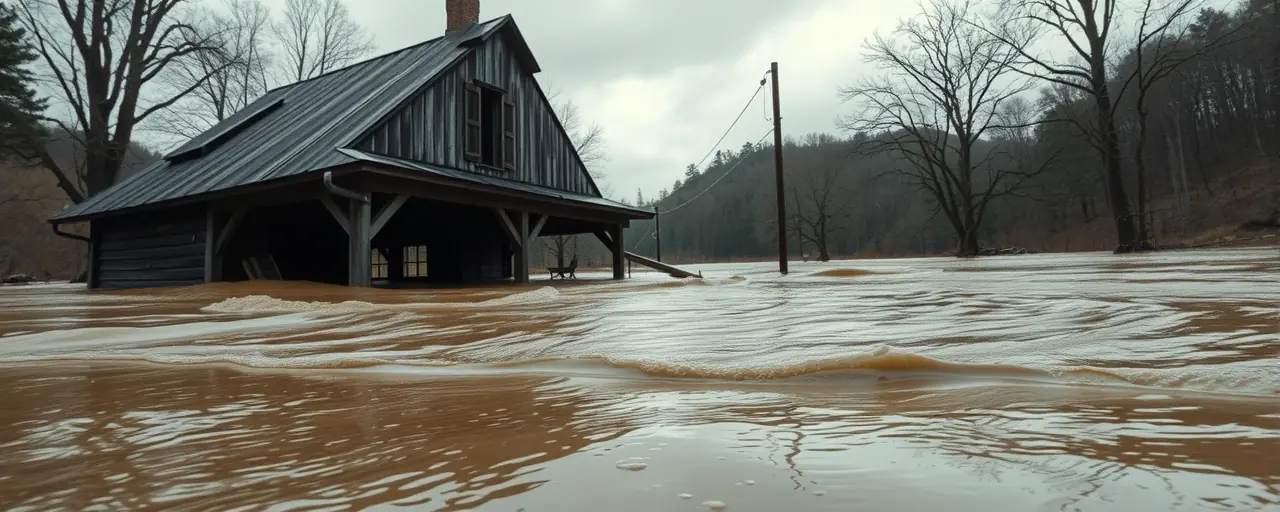Devastation Hits Home
In February 2025, powerful storms battered southern and central West Virginia, unleashing floods, landslides, and mudslides. Ten counties, including Logan and Mingo, saw homes wrecked, businesses shuttered, and roads buried under debris. For residents already navigating economic hardship, the disaster felt like a blow they couldn’t afford. Public spaces turned hazardous, with culverts clogged and parks unusable.
The Federal Emergency Management Agency acted quickly, declaring a major disaster. This paved the way for federal support, including a $1 million U.S. Department of Labor grant announced on May 14, 2025. Managed by Workforce West Virginia, the Disaster Recovery National Dislocated Worker Grant targets temporary jobs and training for those impacted, offering hope amid the chaos.
Recovery, however, is complex. Appalachia’s chronic poverty and aging infrastructure amplify the storm’s toll. While the grant provides a critical boost, its ability to deliver depends on addressing deep-rooted challenges in a region where resources are often stretched thin.
Jobs as a Lifeline
The grant will create roughly 100 temporary jobs over six months, focusing on cleanup and rebuilding. Workers will clear flood debris, repair homes, and restore public areas, directly tackling the storm’s aftermath. These roles provide immediate income for residents, many of whom lost jobs or property, while supporting community-wide recovery efforts.
Training programs are a key component, teaching skills like energy-efficient construction to prepare workers for future opportunities. This approach, rooted in the Workforce Innovation and Opportunity Act of 2014, aims to build long-term economic stability in a region where jobs are scarce. Early efforts show promise, with rapid response teams and community colleges collaborating to deliver training.
Yet, obstacles remain. Past workforce programs have struggled with complex eligibility rules that sideline local providers, like underfunded community colleges. In rural areas with limited internet access, reaching residents is tough. Ensuring the grant benefits those most in need requires overcoming these logistical hurdles.
A Region’s Deeper Challenges
West Virginia’s recovery unfolds in a region marked by economic strain. Median incomes lag $20,000 behind the national average, and poverty rates exceed national benchmarks. The coal industry’s steep decline since 2005 has drained local budgets, leaving towns unable to cover FEMA’s cost-sharing rules or upfront expenses for aid. Many residents face repair costs without access to credit.
Climate trends worsen the outlook. Scientific reports from NASA and NOAA show heavy rainfall events rising across North America, fueled by warmer temperatures. In Appalachia, flood risks are climbing, with engineers noting more frequent extreme events. Without sustained investment in infrastructure and mitigation, communities face repeated setbacks.
Debates over solutions reflect varied priorities. Some policymakers favor state-driven relief with leaner federal involvement, prioritizing local control. Others call for stronger federal programs, like permanent disaster funding and climate-focused training, to address systemic inequities. Both sides underscore the need for strategies that fit Appalachia’s unique needs.
Building a Resilient Future
The $1 million grant gives West Virginia a foundation to rebuild. Jobs and training address urgent needs while fostering skills for the future. Initial reports highlight progress, with teams swiftly deployed and programs tailored to local demands. Still, success hinges on reaching remote communities and transitioning workers to permanent roles.
Larger questions persist. How can aid better serve vulnerable groups, like low-income or elderly residents, who face greater disaster impacts? How will communities prepare for intensifying climate risks? Answering these requires coordination among agencies, local leaders, and residents to create lasting solutions.
West Virginia’s people are resilient, working tirelessly to restore their communities. The grant is a vital resource, but it’s part of a broader effort. As recovery continues, the region’s journey highlights the strength of its residents and the importance of systems that empower them to thrive.
